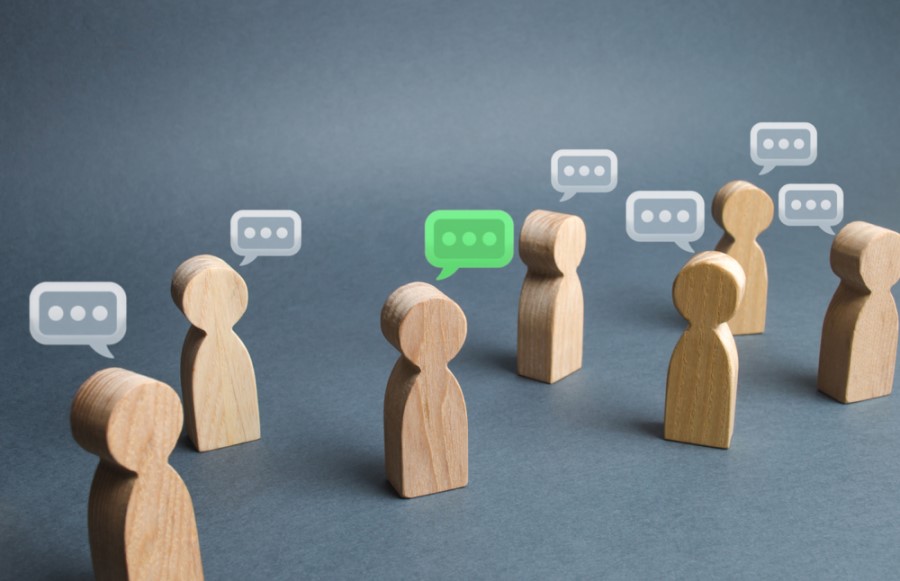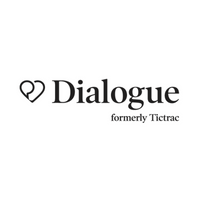Why benefits are a vital component in improving employees' lives and performance

This presents a unique opportunity for organisations to improve employee productivity, performance and employees' lives.
Listen up
We all know we need to listen to our employees, but we need to hear them. You don't want to put a sticky plaster over engagement. You need to truly understand the good, the bad and the ugly to enable change to happen. So, what issues are at play within your organisation? How are these problems affecting the business as a whole, as well as individuals?
What's cropping up in conversations with employees? Perhaps it's the shift to hybrid working, a feeling of disconnection, burnout, struggles with productivity, job fears, or maybe a lack of communication. Employee surveys are a great way to get a feel for this, but it's also important to drill down into middle management.
Listening to employees can be a daunting prospect. Still, among the issues, you'll also likely find golden nuggets of insight that you can use to inform your strategy and implement solutions that will have a ripple effect across the business. Understanding employee needs and behaviours is critical for success. It all comes back down to communication. If you can get employees brought in right from the start, they can help you shape something that will have a real impact. A little transparency can go a long way.
Looking at analytics in everyday tooling can also be used to inform strategy. Take all the information into account, along with any data you have at your fingertips. Employee surveys should give you an overview of what's going on. For example, if you're sending out company-wide comms about benefits, when are they opening and clicking on? What is most popular/least popular?
Other details can be equally powerful. Have your management team noticed an increase in people asking for more personal development or productivity tools? These may seem like little things, but they can tell a story about what's going on underneath it all.
Improving performance
26% of millennials and 22% of generation Z employees in the UK have taken time off work due to stress caused by the pandemic, according to Deloitte’s 2021 Millennial and generation Z survey. There's never been a better time to ensure that your employees have the right support and everything they need to do their jobs.
Doing the listening, the digging and having more of a dialogue with your employees will quickly pay off. Gathering as much data and insight is the best way to provide the support that will have an impact. Employees are constantly evolving, so the benefits, rewards and wellbeing support they receive need to adapt.
Culture
Finding a strategy that supports employees, fits your culture, and gives employees the ability to self-serve (selecting and engaging what they need, when they need it) gives you the best chance to do it at speed and scale. You may be looking at a suite of benefits and wellbeing options, along with an employee assistance programme, as there is rarely a one-size-fits-all approach.
There's plenty of evidence out there indicating that culture is a huge factor in employee retention. But, merely paying lip service to your culture may not only damage your brand, but employees and potential employees will be quick to spot it.
Benefits, rewards and wellbeing strategies have got to be authentic and inclusive for them to create real impact.
Improving lives
With many organisations moving to a hybrid working model and others increasing flexibility, employees will no longer view this as a perk. It's the norm. This shift would likely have taken 10 years or more, but thanks to Covid, it's happened in the mere blink of an eye. Flexible working has delivered substantial positive benefits for people, from more time with family, the ability to get fitter and healthier to decreased stress levels.
Free gym memberships, days off for volunteering, beers on a Friday – those were nice perks. But, they may no longer be relevant. Many employees are now working from home, maybe getting more deeply involved in matters in their communities and viewing their lifestyles differently.
Employees are crying out for relevant benefits, ones that they can use with ease and that they will enjoy. When you're listening to employees, be on the lookout for the little things; sometimes they matter most. Perhaps it's giving them the tools to do workouts at home, a subscription box so they can cook healthy meals with their family, or the opportunity to do a fun activity with their team, allowing them to reconnect.
Uptake and engagement
So, you've got your new strategy ready to roll out, with various benefits that will support employees and give them a stellar experience. But it's no use if they don't know about it.
Internal comms are critical for success with wellbeing and engagement. There's so much more noise now that people are working remotely. There's emails, interactive to-do lists, video calls, instant messaging, phone calls and then real-life to contend with – a blanket one-off email won't cut it. A drip-feed of information through different employee channels will drive uptake of your benefits, get employees engaged and keep them engaged too.
Prioritisation
There's been so much to contend with, so much at stake in the last 18 months. No wonder being an HR and wellbeing hero can at times feel heavy. With so much going on, and so many different people to look out for, prioritising can be difficult.
But delving into employees' needs and behaviours is likely to prioritise actions and shape rewards, benefits and wellbeing strategies. This greater focus plays precisely to business and employee needs. Prioritise and make shaping your rewards, benefits and wellbeing strategies that bit simpler.
The author is Martin Blinder, CEO of Tictrac.
This article is provided by Tictrac.
Supplied by REBA Associate Member, Dialogue formerly Tictrac
We're an employee wellbeing platform dedicated to helping employees live healthier lives.







